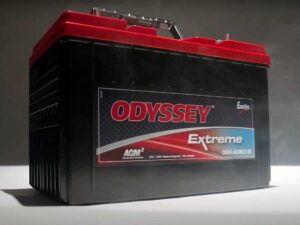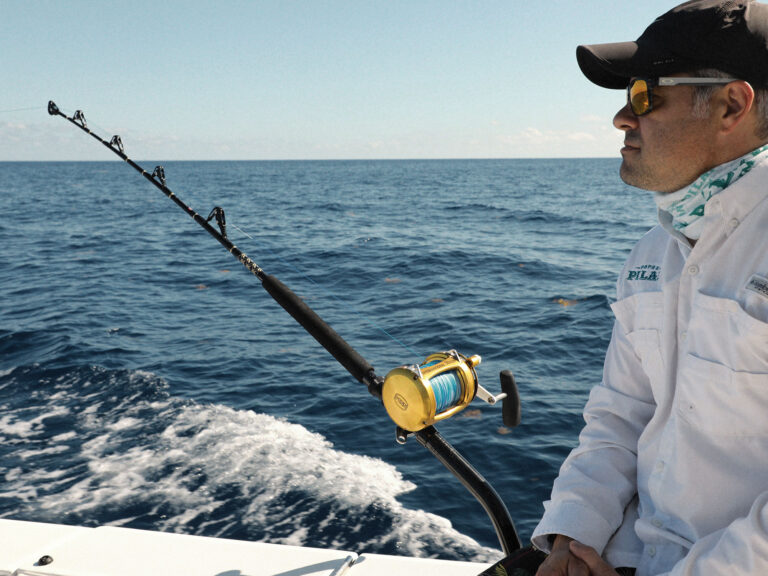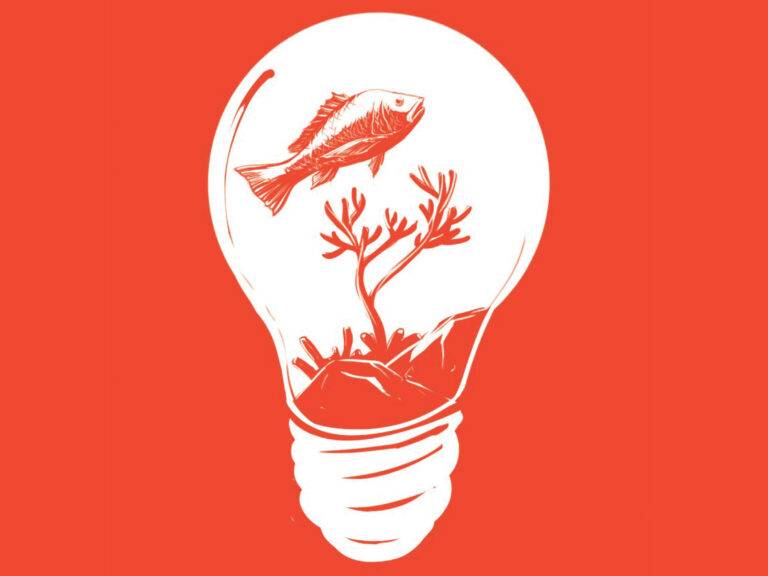
In late 2023, the International Council of Marine Industry Organizations released a report about what it will take to reduce carbon emissions in recreational boats worldwide. The findings were clear—“the research shows there is no universal, one-size-fits-all approach”—as was the suggestion for leaders to pursue multiple advancements, all at once.
That’s precisely what the experts at Yamaha are doing in their quest to achieve carbon neutrality.
The company has multiple teams and brands making strides with sustainable drop-in fuels, electric-power applications, and alternative fuels like hydrogen, all in a simultaneous effort to make boating more environmentally friendly everywhere that boats cruise.
“Yamaha is exploring all possibilities to achieve carbon neutrality,” says Ben Speciale, president of Yamaha’s US Marine Business Unit. “We’ve made commitments for our operations to be carbon neutral by 2035 and our products to become carbon neutral by 2050.”

The pathway of sustainable drop-in fuels involves giving boaters options at the fuel dock other than diesel or gasoline. These options are called drop-in fuels be cause they can be dropped into existing boats and engines. Using them doesn’t require boaters to make any other changes, or to sacrifice range and performance—all while significantly reducing carbon dioxide emissions.
Yamaha is working with the National Marine Manufacturers Association to highlight this option, demonstrating the use of bio fuels in boats with Yamaha engines. At the same time, the company is working on advancements in new types of electric propulsion for boats, including by acquiring Torqeedo in April 2024.
Torqeedo’s team has spent nearly two decades achieving more than 250 patents for electric motors, propellers and electrical systems. All of that hard-earned expertise will now go in to developing boat motors with Yamaha, in ways that include innovations such as incorporating recycled ocean plastics into the manufacturing process.
“Torqeedo believes that a circular economy for plastics can be established today without negatively impacting product performance and durability,” Fabian Bez, CEO of Torqeedo, said in April 2024. “If the next testing rounds are as successful as expected, the first Torqeedo products containing ocean-bound plastics will hit the market within the next year.”
And, while all of that innovation is happening right now under the Yamaha corporate umbrella, the company is also working with Regulator Marine and Roush to develop the world’s first hydrogen-powered outboard for recreational boats, along with a prototype fuel system to go with it.

Yamaha, Regulator and Roush are testing this concept with a functional prototype right now. Roush brings experience working with hydrogen in vehicles and spacecraft; Regulator brings boatbuilding know-how in the form of a modified 26XO hull that can accept hydrogen fuel; and Yamaha brings a keen understanding of marine propulsion and technology.
So far, sustainable drop-in fuels, electric propulsion and hydrogen fuel systems all show promise. Which pathway to carbon neutrality will be achieved the fastest? Nobody knows, but Yamaha is working toward being a groundbreaking innovator in them all.
“We believe hydrogen is a viable method of achieving these goals,” Speciale says. “Yamaha wants to be a leader in this space, and we encourage others in the marine industry to become involved as we look for ways to build infrastructure and new policy around innovations.”
Learn more at yamahaoutboards.com.









